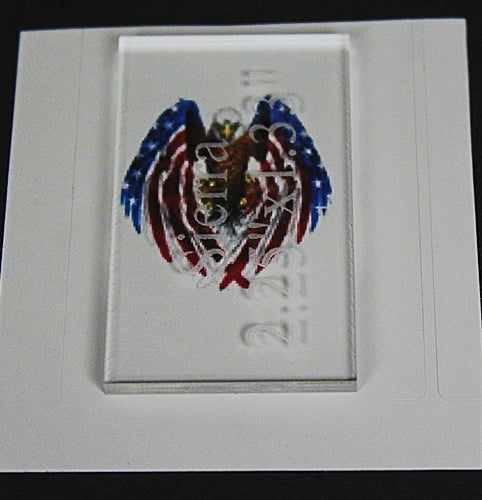jttheclockman
Member
OK I am reaching out to the masses here with hopes of finding that perfect method of measuring for the circumference of our pen tubes so that a label or wrap lays exactly flat on tube and the seam is as tight as possible with no overlay. Now read what my dilemma is before answering. I have material that I want to wrap tubes with but it can not overlap at the seam. With most my materials I have a very tiny overlap because of the thickness of the blade of the knife with the manner that I wrap my tubes. In this case I need to measure the wrap piece before I roll around tube. Normally I would use a piece of masking tape and wrap both ends and then slice tape in half and do that for both ends even though the tube should be same all the way through. then lay the strips of tape to the edge of material and slice with a exacto knife. yes sometime you can get close but not always. Sometimes the way the tape stretches when pulling off the tub is just enough to throw it off. I need a full proof way to do this. How are you doing this if you even bother. I know most people just overlap seam and that is fine if material is thin enough. This material is not. It would stand out like a sore thumb. What say you. Please do not tell me to use a ruler to measure off. Getting exact lines is not happening. Thanks. By the way do not worry about shrinkage of material. It does not shrink. If we get the discussion going I can get into more about my method and why it will not work with this stuff.


